WWII Plans That Never Happened – There’s a Reason These Were Shelved
There were many clever plans created by both the Allies and Axis during the Second World War, such as Operations Mincemeat and Overlord. However, there were also some that, while well-intentioned, were simply never implemented. These WWII plans never happened for a number of reasons, including the fact that moving forward with them would have been sheer idiocy. Some were simply placed on the back burner while their organizers waited for the right moment.
Project Pigeon
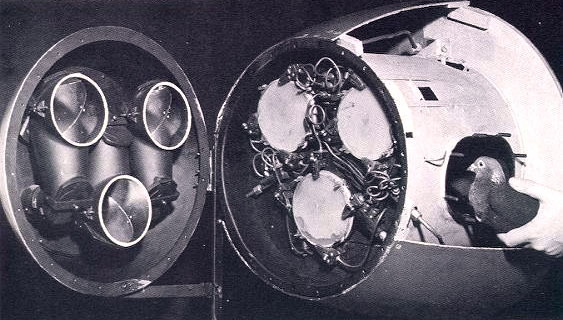
Kicking off our list of WWII plans that never happened is one idea that’s definitely on the stranger side. During the conflict, US behaviorist B.F. Skinner attempted to create a guided bomb that was controlled by pigeons, aptly named Project Pigeon.
While the birds were used during the war, this was an ambitious plan, to say the least. The design for the explosive featured a number of components: a small glider with wings, the warhead and a nose cone where the pigeons would be placed.
Skinner thought he could train the pigeons to act as pilots by teaching them to recognize bombing targets. The nose contained three lenses, which would project the current location of the pod as it traveled through the air. By pecking the screen, the pigeons would maneuver the explosive toward their target.
Despite having some small success with training, the program was canceled on October 8, 1944. According to Skinner, the real problem was that “no one would take us seriously.” The US Navy revived the project in 1948 under the name “Project Orcon,” but this, too, was later canceled.
The design was adapted for use as a bat bomb, which was also unsuccessful.
Operation Felix
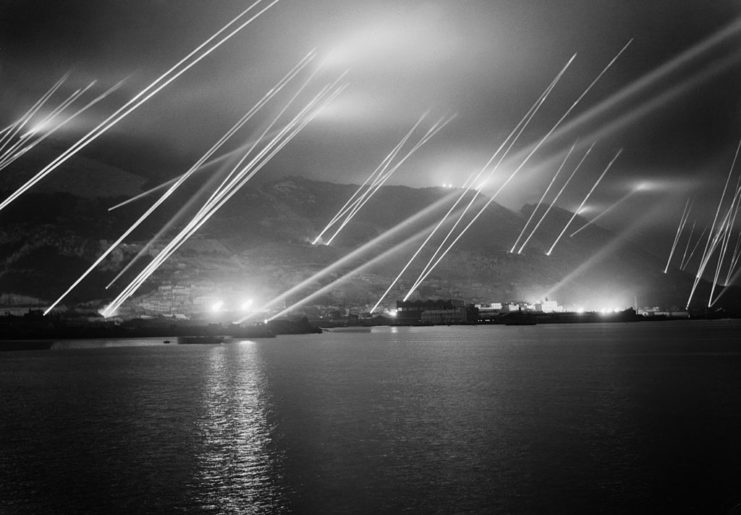
Although Spain remained neutral throughout WWII, German leadership devised a plan that would see them travel through the country and capture Gibraltar – obviously, this never happened.
Operation Felix was devised shortly after the invasion of France in 1940, as the Gibraltar was important to Britain’s fight in the Mediterranean. It planned for two German corps to enter Spain via the Pyrenees. Where the idea fell apart was that it required Spanish Head of State Francisco Franco to allow German troops to travel through the country.
Many high-ranking German officials met with Franco, in an attempt to get his agreement, but they were never successful. At first, he argued that Spain was still recovering from the effects of the recent civil war, and maintained that he would only join the Axis if Germany invaded the British Isles, preventing the United Kingdom from retaliating against Spanish islands in the area.
This was refused, so Spain remained neutral and Gibraltar was never invaded.
Operation Unthinkable
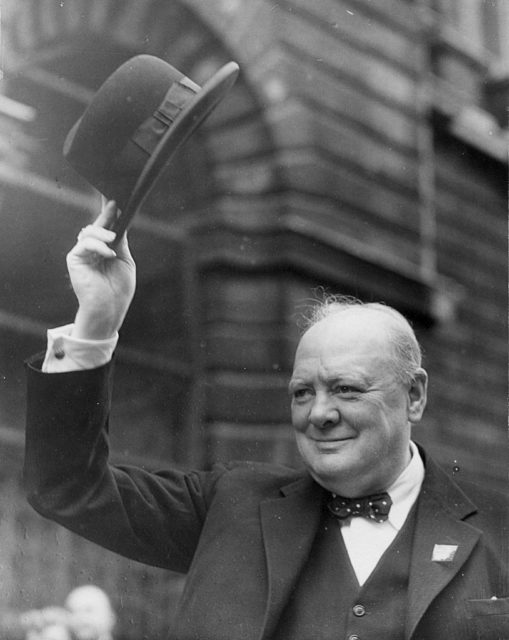
Operation Unthinkable, the plan to invade Soviet-controlled countries should the peace between Allied countries fall apart, was the brainchild of Winston Churchill. The British prime minister was extremely skeptical that Britain and the Soviet Union could cooperate peacefully, despite having done so for the majority of WWII, and he didn’t trust dictator Joseph Stalin.
As such, two contingencies were created. The first would see Poland, Germany, the UK and the United States attack the Soviet line in Dresden. The second was a defensive plan, which could be easily implemented, should the Soviets take action against the remaining Allies after American troops were transferred out of Europe to the Pacific Theater.
Although no such attack happened, Operation Unthinkable remained primed and ready to go until the Cold War ended. It was made public knowledge in 1998.
Project Habakkuk
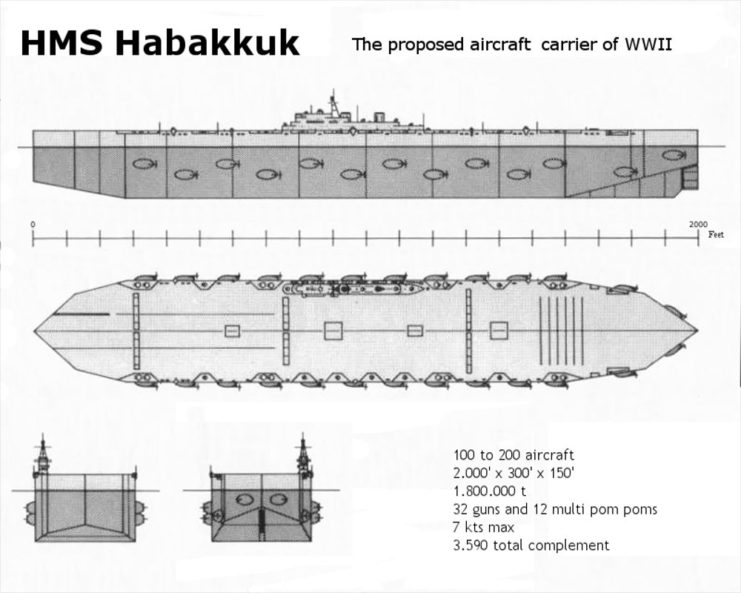
Creativity in wartime is often rewarded, but sometimes it’s taken too far. For example, the British during WWII came up with a plan to construct an aircraft carrier out of ice and wood pulp, so they could launch additional attacks against German U-boats.
Project Habakkuk was ideated by Geoffrey Pyke, one of the most famous British “boffins.” As steel and aluminum were in short supply at the time, due to the war effort, he came up with a solution that wouldn’t require large amounts of either. The plan was supported by many in Britain’s upper-echelon, including Winston Churchill, who ordered work begin immediately.
The proposed vessel, made up of 86 percent water and 14 percent wood pulp, would be 2,000 feet long by 300 feet wide, with a 150-feet draft. It would also have the capability to carry 100 twin-engine bombers and 200 fighters, and would be stronger than traditional ice. It did remarkably well for such a strange invention, with a prototype created by Canadian conscientious objectors in Alberta.
Shockingly, it wasn’t scrapped due to being inefficient, but because the cost of production was too high (it ballooned to £2.5 million) and the vessel was simply no longer needed. It took three summers to melt into Alberta’s Patricia Lake, with the few metal components sinking to the bottom.
Operation Downfall
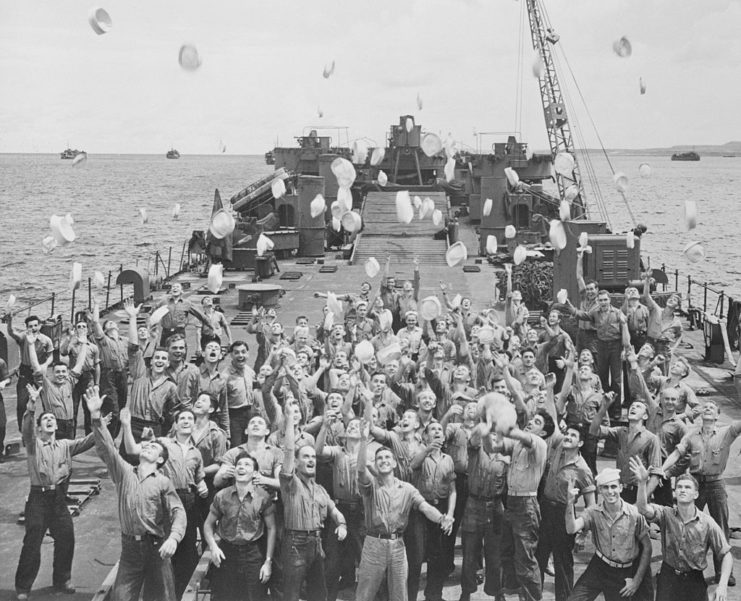
The war in Europe ended on May 8, 1945, while the conflict waged on in the Pacific. It looked like, for a time, that the Japanese were nowhere near surrendering, so Fleet Adm. Chester Nimitz, Gen. Douglas MacArthur and the Joint Chiefs of Staff came up with a plan to invade the country as a last resort.
Operation Downfall actually consisted of two separate parts: Olympic and Coronet. The former was planned for November 1945 against Kyūshū. There were 767,000 men allocated to participate in this attack, with an anticipated casualty number of 268,000.
Coronet would take place in March 1946 against Honshu. Just like other WWII plans on this list, none of this ever happened, as the US decided that, instead, it would be more effective to drop atomic bombs on Hiroshima and Nagasaki. This action quickly brought an end to the war.
Operation FS
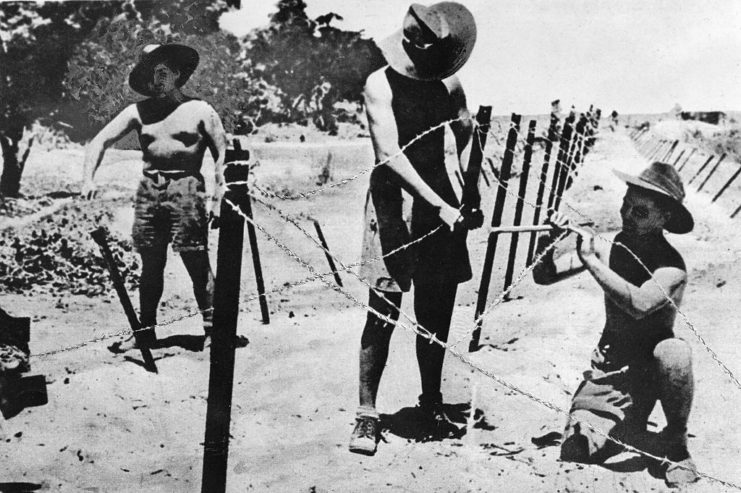
While the US was planning its invasion of Japan during WWII, the Japanese concocted their own plan, which never happened. The aim was to launch their own invasion, the result of which would be an isolated Australia.
Rear Adm. Sadatoshi Tomioka came up with Operation FS, which would see the Japanese forces take Fiji, the Solomon Islands and New Caledonia, in an effort to force Australia to surrender. He knew an actual invasion would be difficult and expensive, so hoped to obtain control without going to such lengths. By taking the country, the Japanese would retain complete control over the south Pacific.
The idea was abandoned after the Japanese engaged in the Battles of the Coral Sea and Midway. Instead of focusing on their own offensive, the Imperial Japanese Army and Navy, instead, turned toward preventing Allied attacks, which had been costly. In the end, Japan never seriously threatened Australia.
Operation Tannenbaum
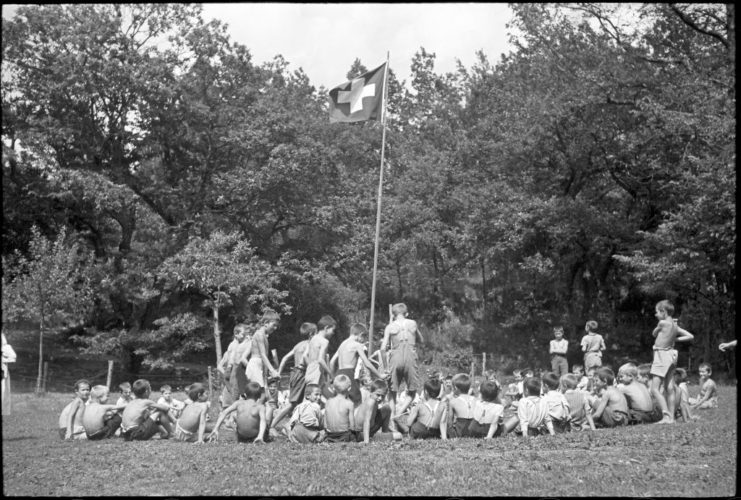
The final entry on our list of WWII plans that never happened involves deception and lies on the part of the Führer. He’d made a promise to not invade Switzerland, something that held little weight, given the Germans had already invaded several European countries without cause. As it turns out, the German leader had planned an invasion of the county relatively early on, believing Switzerland would wind up joining the Allies.
Operation Tannenbaum would use both German and Italian soldiers. The Germans would focus on capturing major cities, such as Lucerne and Geneva, while the Italian troops would invade through the Alps. Once the conquest was complete, the country would be divided between the belligerents.
Despite the Führer’s hatred of the Swiss – famously calling them “the most disgusting and miserable people and political system” – the operation never went ahead. The reason why isn’t exactly clear. It’s believed, however, that Germany benefited too much from the country, which did, indeed, remain neutral.
More from us: The Last Defenders of the Führerbunker Were French SS Troops
It would also have proved very difficult to invade, as the Swiss actually had a sizeable fighting force ready to defend their home, should the need arise. At its peak, Switzerland’s military was made up of 850,000 soldiers.
The post WWII Plans That Never Happened – There’s a Reason These Were Shelved appeared first on warhistoryonline.
Post a Comment
0 Comments